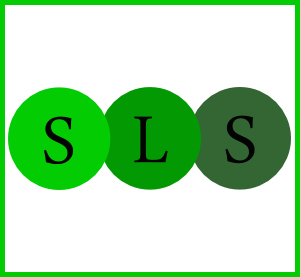Read the book:
https://ccdigitalpress.org/book/sustainableDescription
As campuses embrace the possibilities offered by new technology and multimodal composition, technology-rich centers, studios, and learning environments are being planned, constructed, and re-invented to address the needs of students and instructors in the digital age.
This edited collection offers chapters that feature text, videos, audio files, and images that tell the stories of how learning spaces embrace sustainability as they move from vision to reality (e.g., sustainable construction, finances, pedagogies, staffing, and technology lifecycles). That is, we focus on how new centers and older centers both anticipate and reinvent themselves to meet the challenges of new technology and the pedagogical needs of learners and instructors, as well as how people are addressing and adapting to the environmental challenges of e-waste that these centers inevitably create.
But what happens when the physical, technology-rich learning space itself seems to disappear? We recognize that mobility and online systems have had a profound influence on digital learning and communication, yet learners, teachers, and institutions still need spaces to meet, teach, interact, and support each other. Therefore, chapters also describe how mobile and online systems influence the physical learning, working, and teaching spaces we all inhabit.
The sections contained in this collection trace three related trajectories of sustainable learning spaces, comprised of multiple institutions, voices, and contexts. The collection is organized by phases of the design process: creating, reinventing, and sustaining. Together, these chapters illuminate the intersections of space design, infrastructure, and technology, with a focus on how spaces that span institutions and contexts are envisioned and composed. We hope that readers will navigate this webtext in ways that resonate with their own experience as they compose, teach, work, and learn in their own academic spaces made up of a variety of shapes, sizes, and configurations. But we also hope that readers will consider how this narrative of sustainability shapes their academic, professional, and personal spatial worlds. We would like readers to consider their own definitions--both theoretically and practically--of sustainability and how these concepts shape their composing, teaching, and learning processes.
Promo Media
- Publication date:
November 2015 - ISBN:
9781607325314 - APA Citation:
Carpenter, R. Selfe, R., Apostel, S., & Apostel, K. (Eds.). (2015). Sustainable learning spaces: Design, infrastructure, and technology. Logan, UT: Computers and Composition Digital Press/Utah State University Press.
- MLA Citation:
Carpenter, Russell, Richard Selfe, Shawn Apostel, and Kristi Apostel, Eds. Sustainable Learning Spaces: Design, Infrastructure, and Technology. Logan, UT: Computers and Composition Digital Press/Utah State University Press, 2015. Web.
- Copyright:
This work is licensed under a Creative Commons Attribution-NonCommercial-NoDerivatives 4.0 International License.
